
Mechanical Design
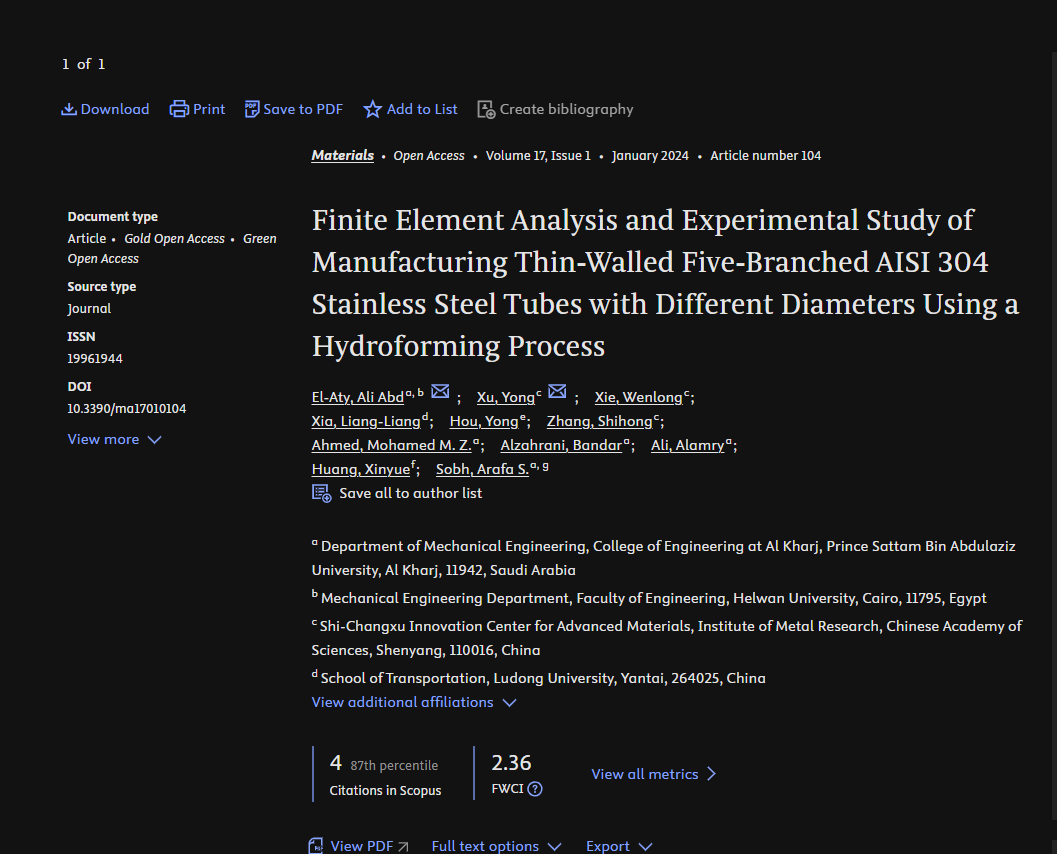
Finite Element Analysis and Experimental Study of Manufacturing Thin-Walled Five-Branched AISI 304 Stainless Steel Tubes with Different Diameters Using a Hydroforming Process
This study aims to investigate the feasibility of hydroforming (HF) technology coupled with response surface optimization for producing high-quality five-branched AISI 304 stainless steel tubes with different diameters, addressing the shortcomings of traditional manufacturing processes. Conventional techniques often result in issues with multiple consumables, low precision, and subpar performance. The research focuses on finding optimal forming parameters for a more effective process. Initial attempts at a five-branched tube proved unfeasible. Instead, a multi-step forming approach was adopted
Towards a circular economy: valorization of banana peels by developing bio-composites thermal insulators
The building construction materials are responsible for a large amount of energy and natural resource consumption. In light of the current challenges of resource scarcity and global climate change, the circular economy (CE) is a promising strategy to mitigate pressure on the environment, improve supplying of raw materials, and increase new market and employment opportunities. Developing eco-friendly thermal insulation materials based on agro-waste is a new waste management trend to achieve the sustainability of the resource and energy consumption in the construction sectors. In this work

NEW Hybrid ZIF-8/NC-PU and NC-PU Gel Composites for the Effective Removal of Cationic and Anionic Dye from Aqueous Solution: Process Optimization
New hybrid metal organic framework based polymer nanocomposite (ZIF-8/NC-PU) and interpenetrating polymer gel nanocomposites (NC-PU) were prepared for the adsorption of cationic (Rh-B) and anionic (IC) dyes from aqueous solution. The characterisation of the ZIF-8 based composites and gel composites is carried out using FT-IR and SEM analysis to investigate the chemical composition and morphology of the sample. Moringa oleifera seed pod based nanocellulose (5 wt%) is used as the filler in NC-PU gel composites and ZIF-8/NC-PU MOF composites. The optimal level of the most significant identified

Modeling circular supply chains as an approach for waste management: A systematic review and a conceptual framework
All world countries are suffering from repercussions of the global climate change problems and there is an urgent need to mitigate their negative impacts. Improper waste management methods contribute directly to climate change where common waste treatment methods are basically relying on incineration or landfilling. Nowadays, incorporating the circular economy perspective into the business model demonstrates the ability of creating value from wastes and reducing the residuals by adopting the circular supply chains management (CSCM) as a promising alternative to linear supply chains. Studying
Modelling stress-strain curves and forming limit curves using deep learning
The sheet metal forming process stands one of the most principal applications in production engineering with the goal of producing defect free products possessing the mechanical properties that met the working conditions requirements. The efficient metal forming process relies on a deep understanding of the material behaviour during the forming process. To achieve this, feasibility studies for new incoming components helps determine if a part is feasible for manufacturing or if design modifications are required. This simulation requires an accurate material card to replicate the real material
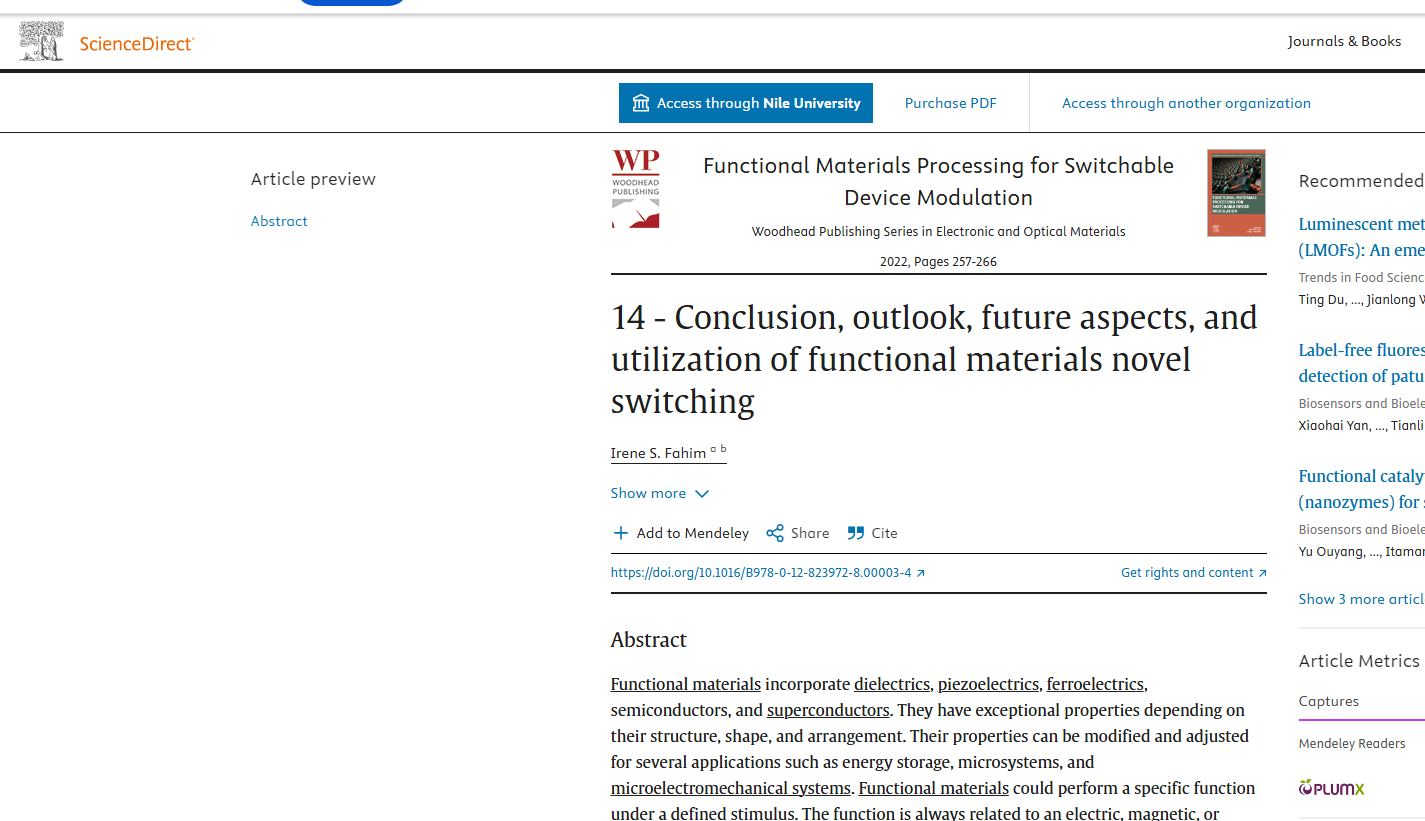
Conclusion, outlook, future aspects, and utilization of functional materials novel switching
Functional materials incorporate dielectrics, piezoelectrics, ferroelectrics, semiconductors, and superconductors. They have exceptional properties depending on their structure, shape, and arrangement. Their properties can be modified and adjusted for several applications such as energy storage, microsystems, and microelectromechanical systems. Functional materials could perform a specific function under a defined stimulus. The function is always related to an electric, magnetic, or optical property (Vilarinho et al., 2006). © 2022 Elsevier Inc.
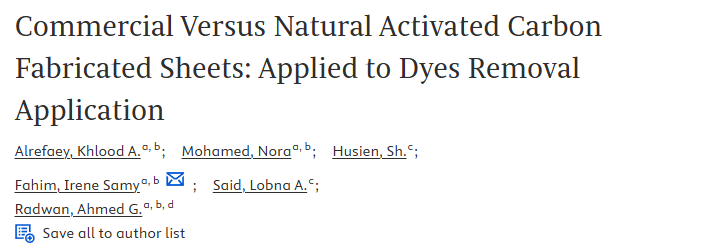
Commercial Versus Natural Activated Carbon Fabricated Sheets: Applied to Dyes Removal Application
Industrial dyes are considered one of the main causes of increased water pollution of water. Many businesses, such as steel and paper, are located along riverbanks because they require large amounts of water in their manufacturing processes, and their wastes, which contain acids, alkalis, dyes, and other chemicals, are dumped and poured into rivers as effluents. For example, chemical enterprises producing aluminum emit a significant quantity of fluoride into the air and effluents into water bodies. Fertilizer facilities produce a lot of ammonia, whereas steel plants produce cyanide. Many

Crystal violet removal using algae-based activated carbon and its composites with bimetallic Fe0-Cu
The textile industry is considered a source of pollution because of the discharge of dye wastewater. The dye wastewater effluent has a significant impact on the aquatic environment. According to the World Bank, textile dyeing, and treatment contribute 17 to 20% of the pollution of water. This paper aims to prepare the bimetallic nano zero-valent iron-copper (Fe0-Cu), algae-activated carbon, and their composites (AC-Fe0-Cu), which are employed as adsorbents. In this paper, Synthetic adsorbents are prepared and examined for the adsorption and removal of soluble cationic crystal violet (CV) dye
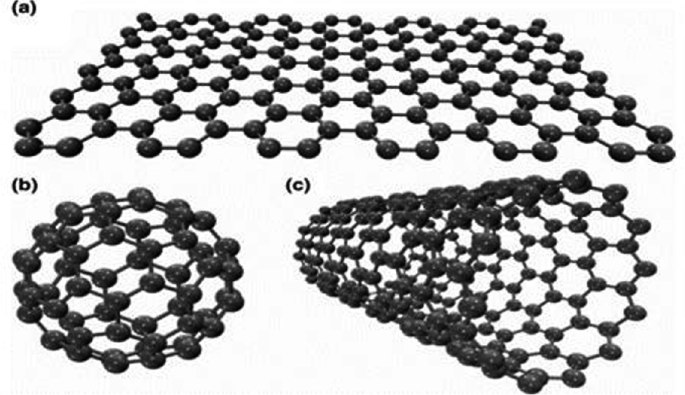
Carbon Nanomaterials and Their Composites as Adsorbents
Carbon nanomaterials with various nanostructures (carbon nanotubes, graphene, graphene oxide, fullerene, nano diamonds, carbon quantum dots, carbon nanofibers, graphitic carbon nitrides, and nano porous carbons) are the decade’s most distinguishing and popular materials. They have distinctive physicochemical qualities such as chemical stability, mechanical strength, hardness, thermal and electrical conductivities, and so on. Furthermore, they are easily surface functionalized and tweaked, modifying them for high-end specific applications. Carbon nanostructures’ properties and surface
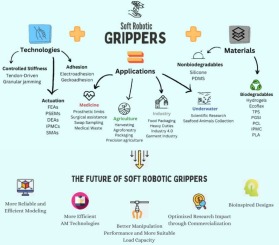
Soft robotic grippers: A review on technologies, materials, and applications
The growing need for manipulators capable of handling delicate objects with care and coexisting safely with humans has brought soft robots to the forefront as a practical and cost-effective solution. In this context, this paper aims to explore soft grippers, a unique and versatile subset of soft robots. It provides an overview of various soft grasping techniques and materials, highlighting their respective advantages and limitations, along with showcasing several designed and tested models. As medicine and agriculture are acknowledged as pivotal domains required for basic human survival, this